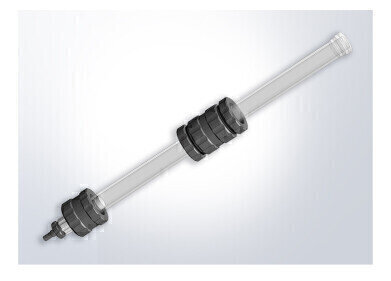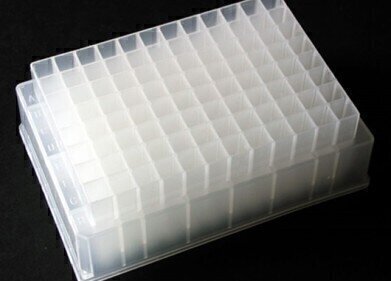Preparative
Fibre Does More Than Keep You Regular
Dec 04 2015
We are encouraged to eat our five-a-day as part of a healthy, balanced diet. Another feature of healthy eating is to eat more fibre — in the form of wholegrain foods such as bread, wholemeal pasta, brown rice and wholegrain cereals.
But what is fibre and does it matter where we get our fibre from? Are all the different fibre sources equal?
Soluble and insoluble bananas
Fibre comes from plants and is an polysaccharide — a type of carbohydrate. One of the main properties of fibre is that it is not absorbed by the body— unlike fats, proteins or vitamins for example — but passes through the intestine, stomach and colon and out of the body. But fibre does have many physiological effects on human digestion.
Fibre is usually classified as either soluble or insoluble depending on how it dissolves in water.
Soluble fibre. This fibre dissolves in water to form a viscous gel-like material. It ferments in the colon and produces physiologically active by-products. Soluble fibre can help to lower blood cholesterol and blood sugar levels.
Insoluble fibre. Doesn’t dissolve in water and tends to be inert. As it passes through the digestive system it can promote material movement and absorb water. This can increase stool bulk and make defecation easier.
Soluble fibre is found in many different foodstuffs including oats, peas, beans, apples, citrus fruits, carrots and ripe bananas. Insoluble fibre is found in wholegrain foods including wheat and bran. It is also found in some fruit and vegetables including nuts, beans, potato skins and unripe bananas. Several fruit and vegs contain both soluble and insoluble fibre bringing many benefits.
Fibre is a key component in a healthy, balanced diet — and is available in a wide variety of foods. But is all fibre equivalent? We know that processing can affect vitamin and mineral contents in foodstuffs — but what about fibre?
Processed fibre
There are several studies that are currently looking at the effect of processing on fibre and what effect that could have on fibre’s health benefits. One study has used size exclusion chromatography (SEC) to investigate the effect of processing on beta-glucans from cereals — a soluble fibre found in cell walls having a well-researched beneficial effect on health.
There is a correlation between the health benefits of β-glucans and their molecular weight — the higher the molecular weight the more benefit they have. During bread making, natural enzymes in the flour start to break down the β-glucan chains — reducing the health benefits.
In work published in the journal LWT- Food Science and Technology, a team has looked at various methods of making bread that can reduce the degradation of the β-glucan chains — preserving more of the healthy benefits of the fibre.
Hopefully we’ll be able to eat more bread to keep our cholesterol low rather than relying on pills as discussed in the article, Cholesterol lowering drug performs well in clinical trial.
Start the day with porridge — you can’t go wrong.
Image via Wikimedia Commons
Digital Edition
Chromatography Today - Buyers' Guide 2022
October 2023
In This Edition Modern & Practical Applications - Accelerating ADC Development with Mass Spectrometry - Implementing High-Resolution Ion Mobility into Peptide Mapping Workflows Chromatogr...
View all digital editions
Events
ACS National Meeting - Fall 2024
Aug 18 2024 Denver, CO, USA
Sep 04 2024 Chiba, Tokyo, Japan
Sep 04 2024 University of Warwick, Coventry, UK
Sep 10 2024 Rockville, MD, USA
Plastics Recycling World Expo Europe
Sep 11 2024 Brussels, Belgium














